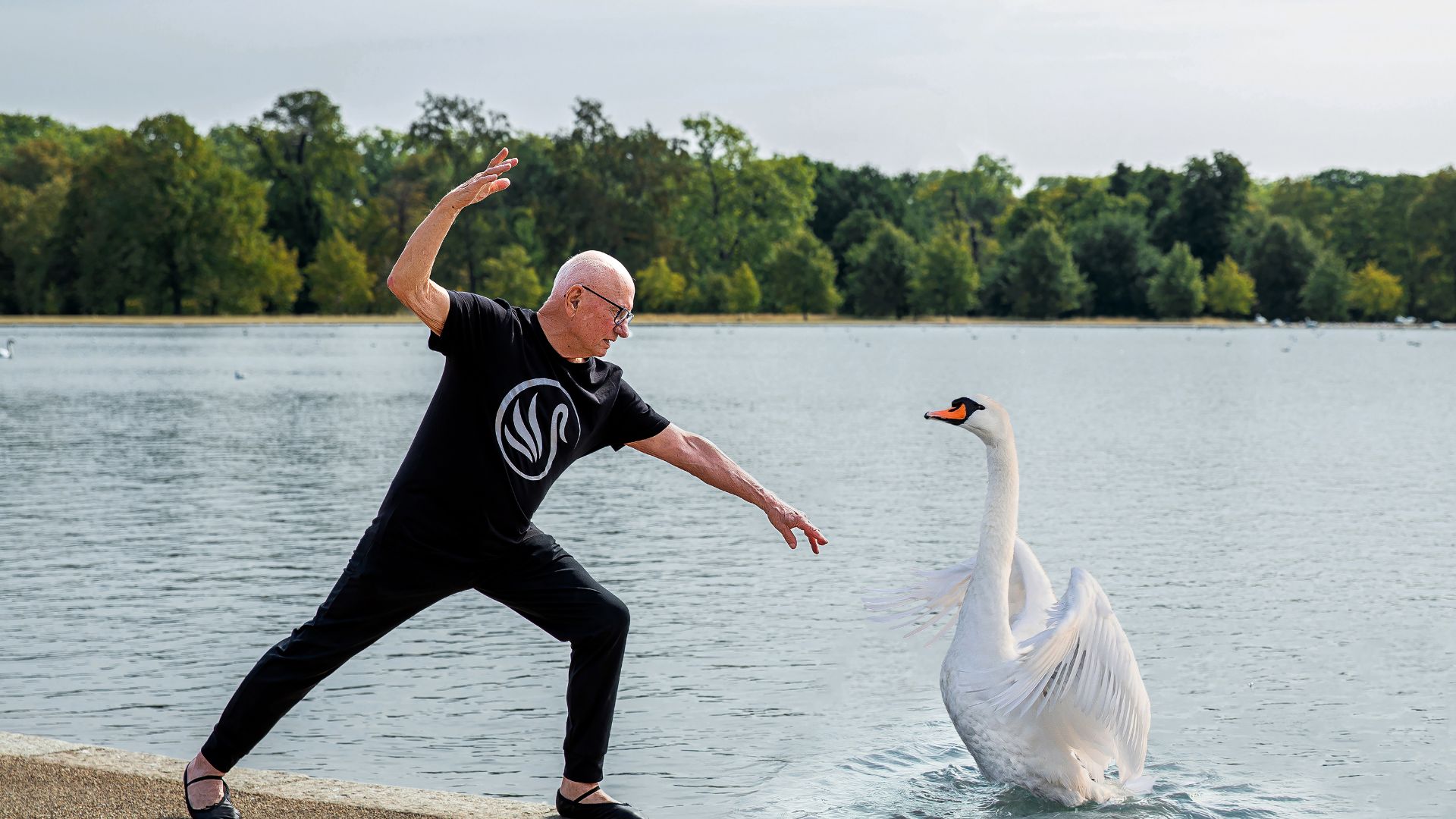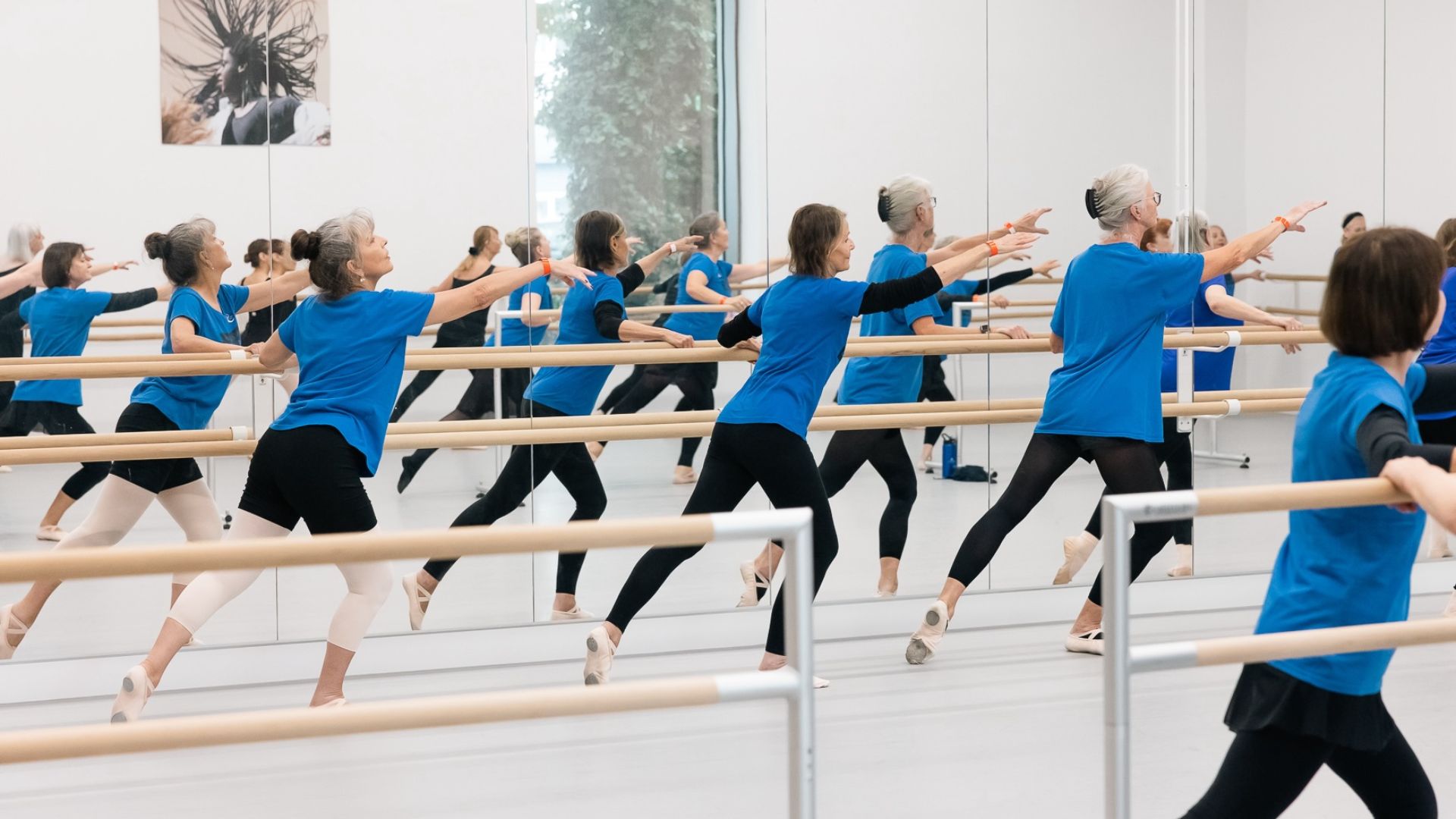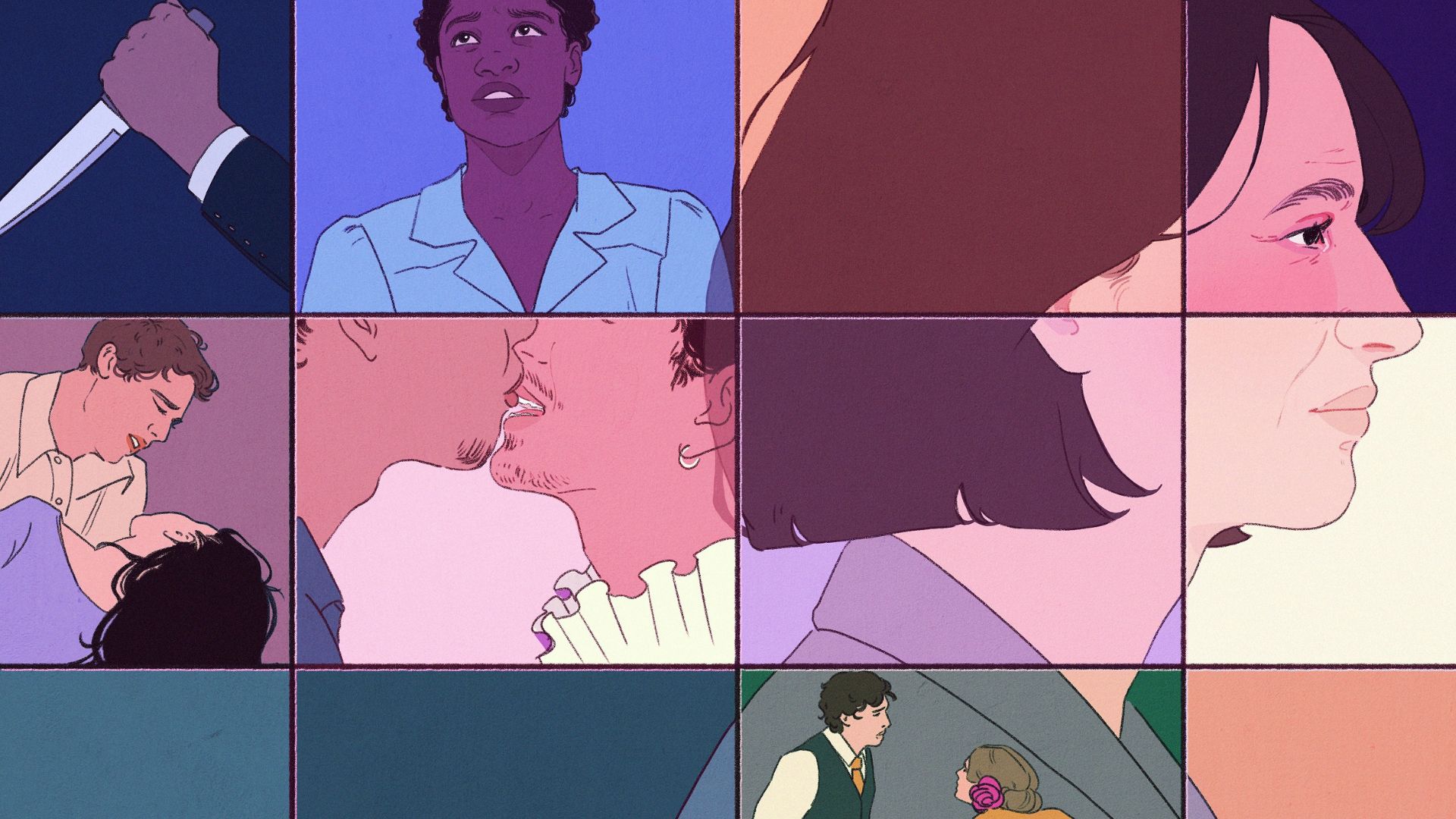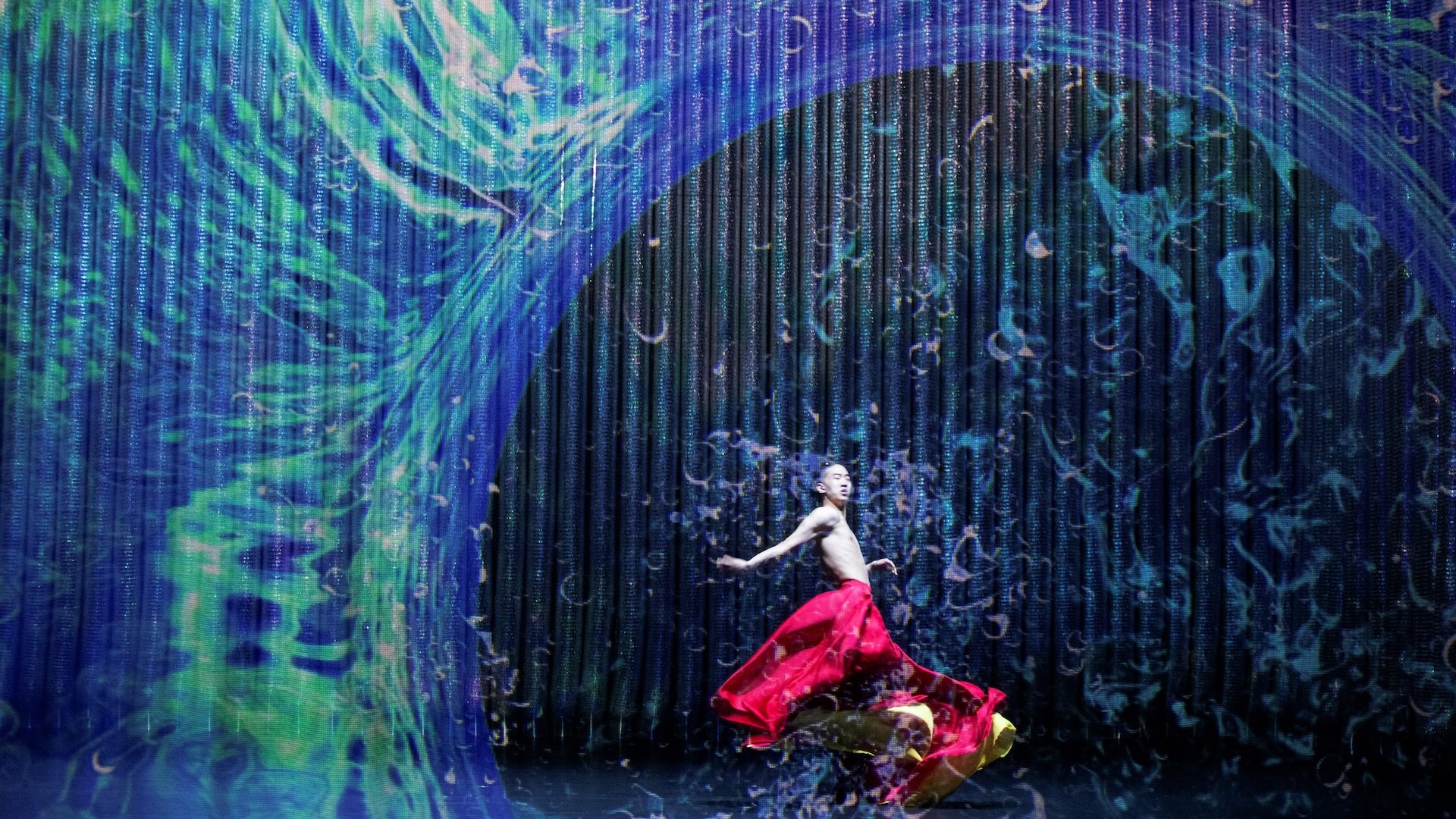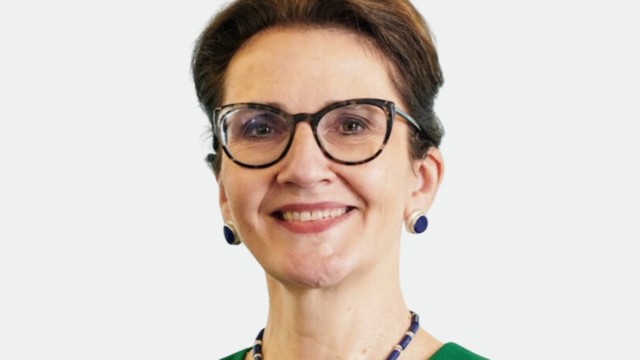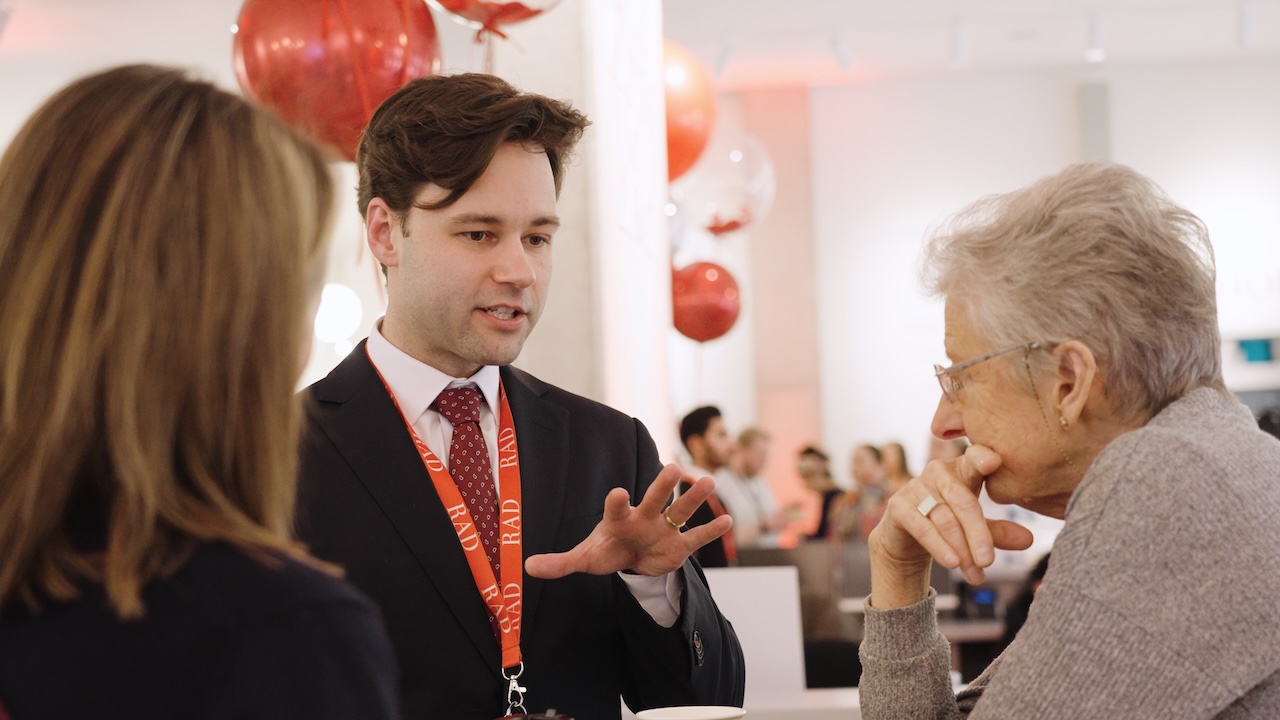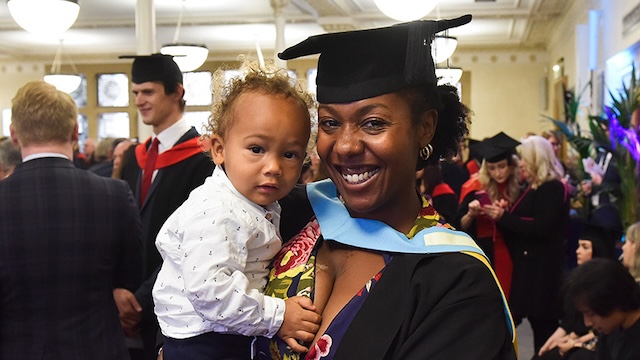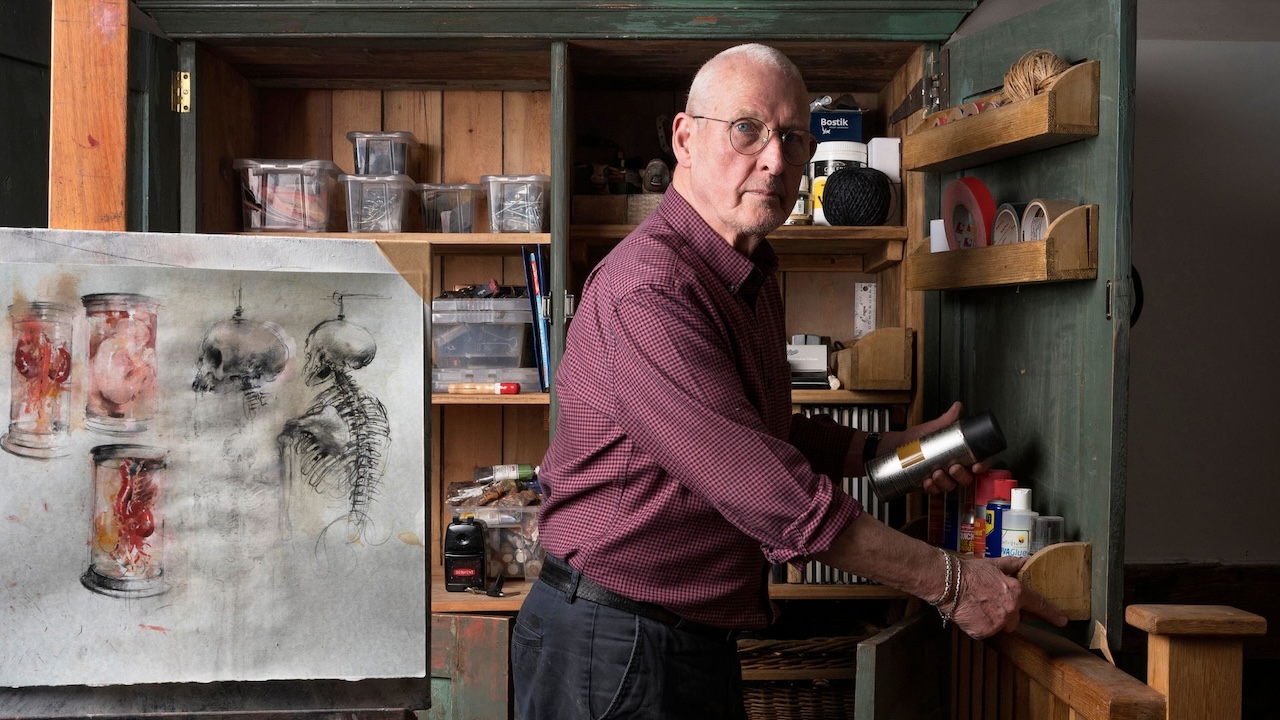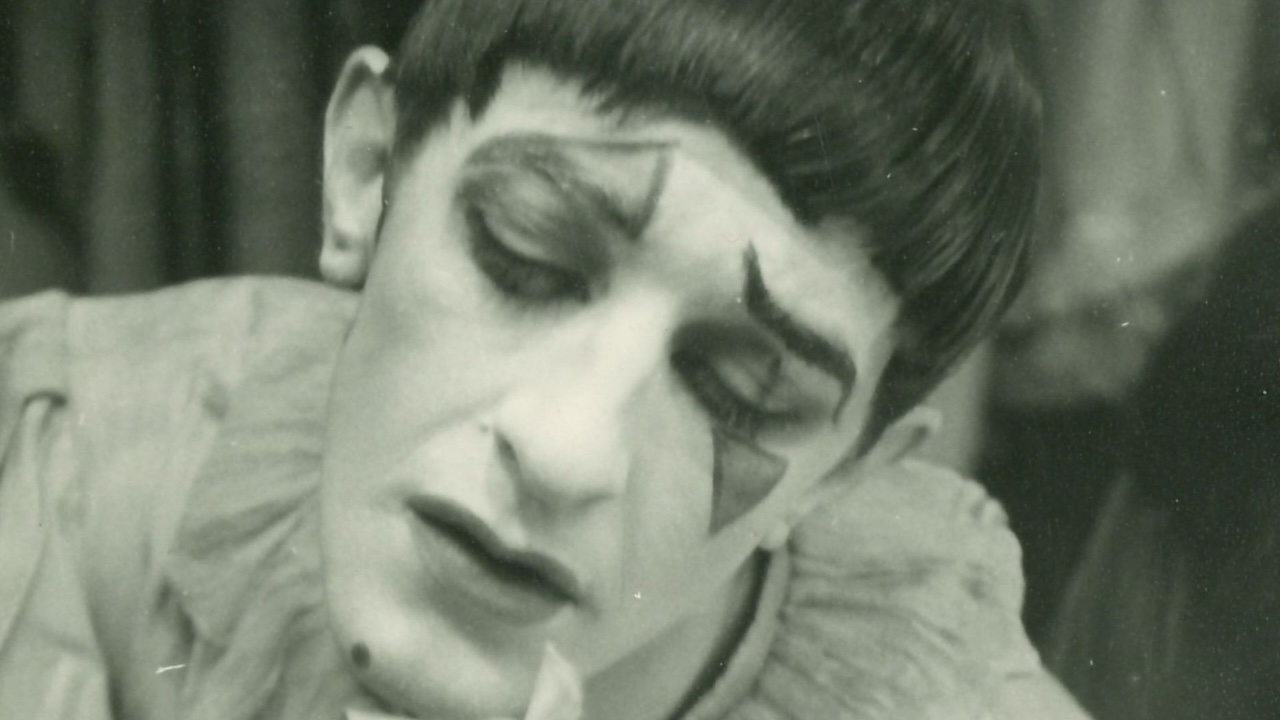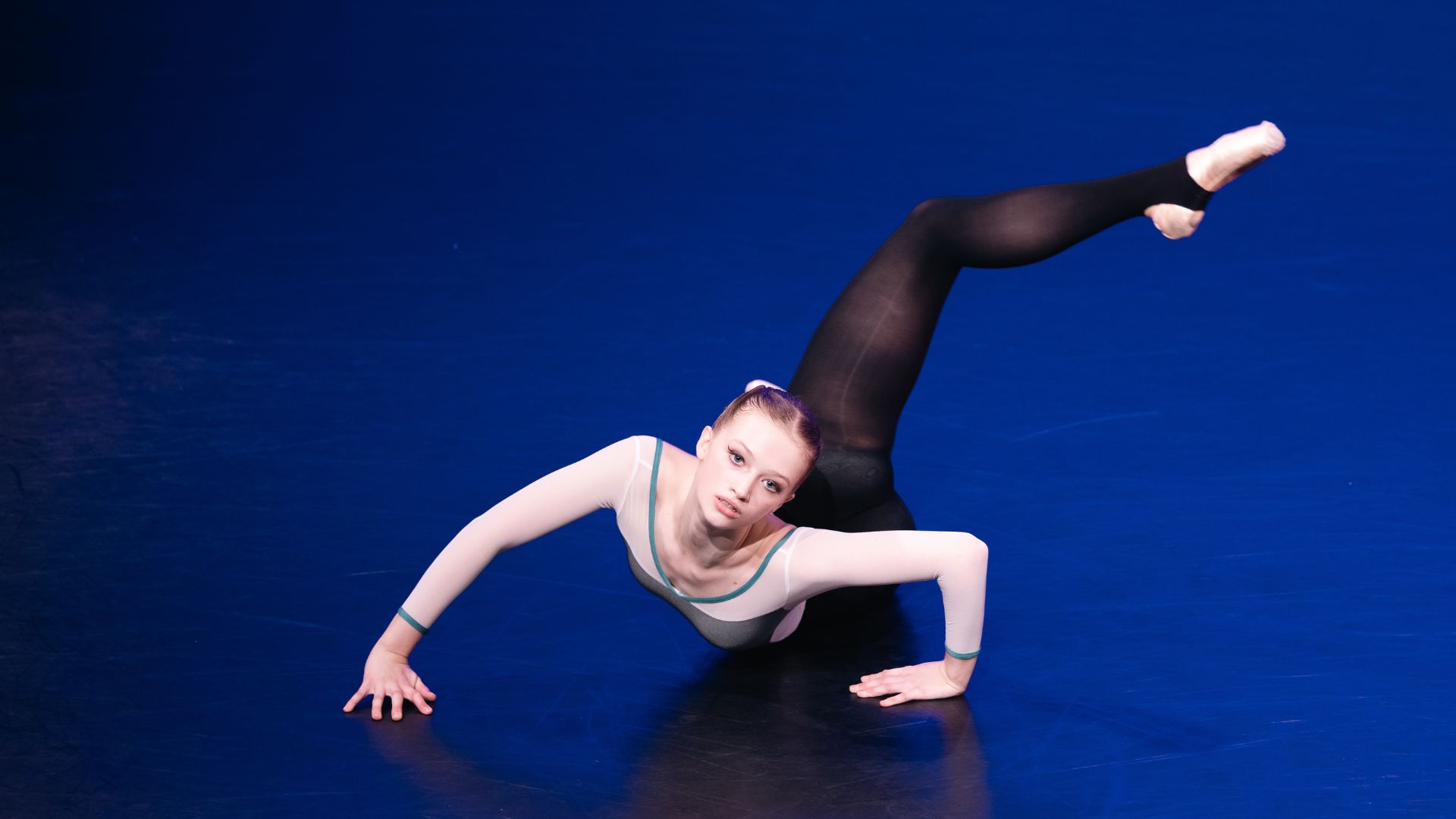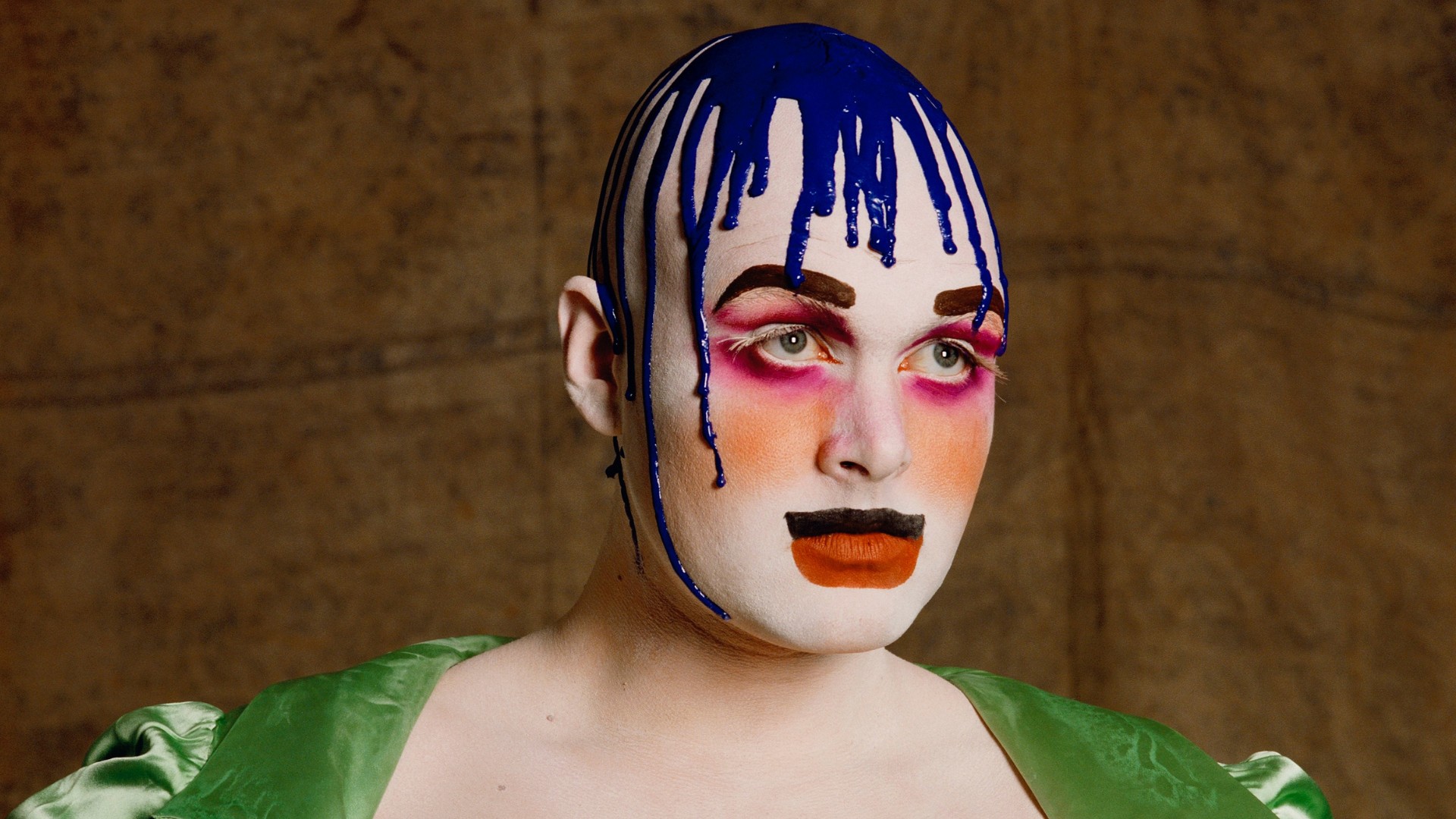I’m at the RAD’s second annual celebration of its enormously popular Silver Swans programme, first launched in 2017 and aimed at dance students over the age of 55. The building is flush with groups of older people, many well into their 80s, taking classes, doing workshops and preparing for performances. It’s both strange and refreshing for me, at 61, to feel right at home among groups of students, but there’s one way in which I am, rather literally, an odd man out: the groups are full of women. Are there any other men out there? Where are they, and how do they feel? I have come to this Silver Swans day with a mission: to seek out the far more rare and elusive silver fox.
There’s one! I collar him. His name is Brian Nathan, he is 85 years old, and he began Silver Swans six years ago. ‘I googled “dancing for old gits”,’ he tells me, ‘and all this stuff came up!’ But why was he interested in dancing for – let’s call them older men – in the first place? ‘I had to exercise, but I hate the gym. So I thought about what I liked when I was young: rugby, cricket and dancing. Well, rugby was out, though I do play some cricket. Dancing was a no brainer: you’re doing different things with your whole body, you build strength and mobility and balance. It is just very good for everything – mentally too.’
‘Men can be funny about dancing. They don’t understand the strength and skill it takes’
Brian Nathan
Brian hadn’t tried any ballet before Silver Swans, but he had done a lot of ballroom dance as a young man, and so was accustomed to dance classes and to being outnumbered by women. ‘Other men can be funny about dancing,’ he says. ‘They think it’s sissy, and it’s not. They don’t understand the strength and skill it takes.’ Brian regularly takes three classes a week now, and feels entirely at home in them. What about the name Silver Swans – doesn’t it make him feel like an outsider? ‘Oh no, I love saying I’m a Silver Swan. It’s a wonderful euphemism for an old git who does ballet.’
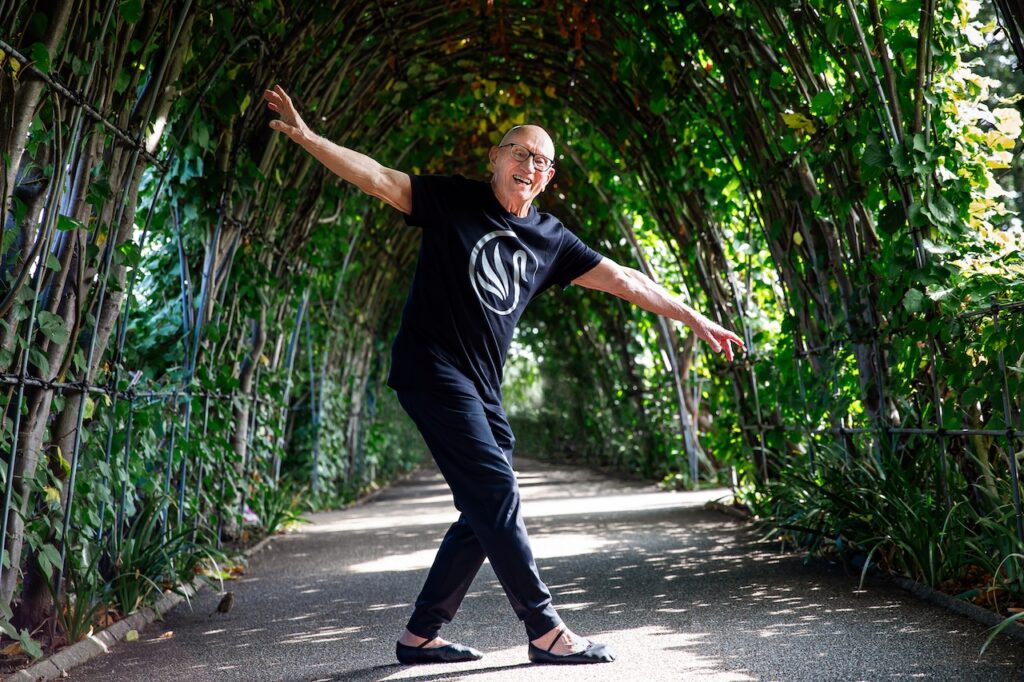
‘Darcey Bussell unleashed my inner Nureyev’
Christopher Morgan
Here’s another. Christopher Morgan, 84 years old, began Silver Swans three years ago ‘but I started dance quite early – aged 62.’ He came to it after having been made redundant and, fed up with ageism in the job market, decided to retrain as a fitness instructor for older people, which in turn led him to the Company of Elders, a contemporary dance group based at London’s Sadler’s Wells Theatre. ‘There were about ten men already there, and I didn’t feel at all out of place.’
But Company of Elders had an upper age limit of 80, hence Christopher’s sidestep into Silver Swans – at the suggestion of RAD president Darcey Bussell, whom he met at a book signing. ‘I guess she unleashed my inner Nureyev,’ he laughs. Like Brian, he has no doubts about the value of dance in his life, and is unfazed by being so outnumbered by women. ‘It’s not the ratio of men to women that matters,’ he says. ‘It’s the dancing.’
What about men who have yet to set foot in the dance studio? Joshua Tuifua, a ballet teacher at the RAD, has found Silver Swans to be a wonderful gateway into his own more mixed-generation classes, but also wonders about that first entry point. ‘Often we talk to men who have already come through the door,’ he points out, ‘but what are the barriers for the others we don’t know about? It would be really worth talking to them too, and to their carers and companions. Those conversations could really open some rusty locks.’
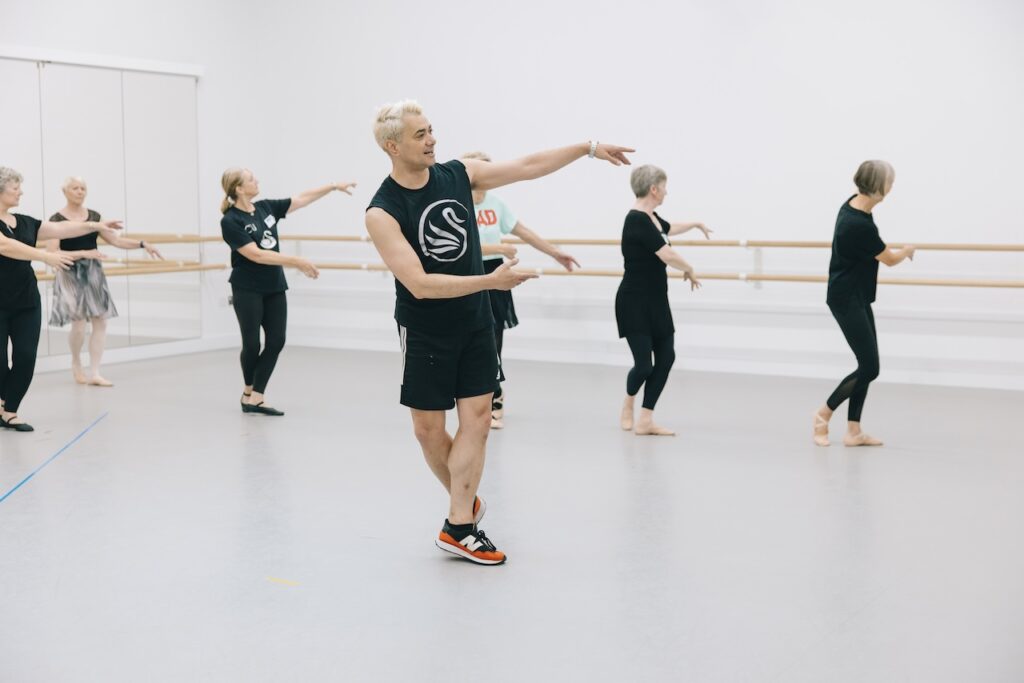
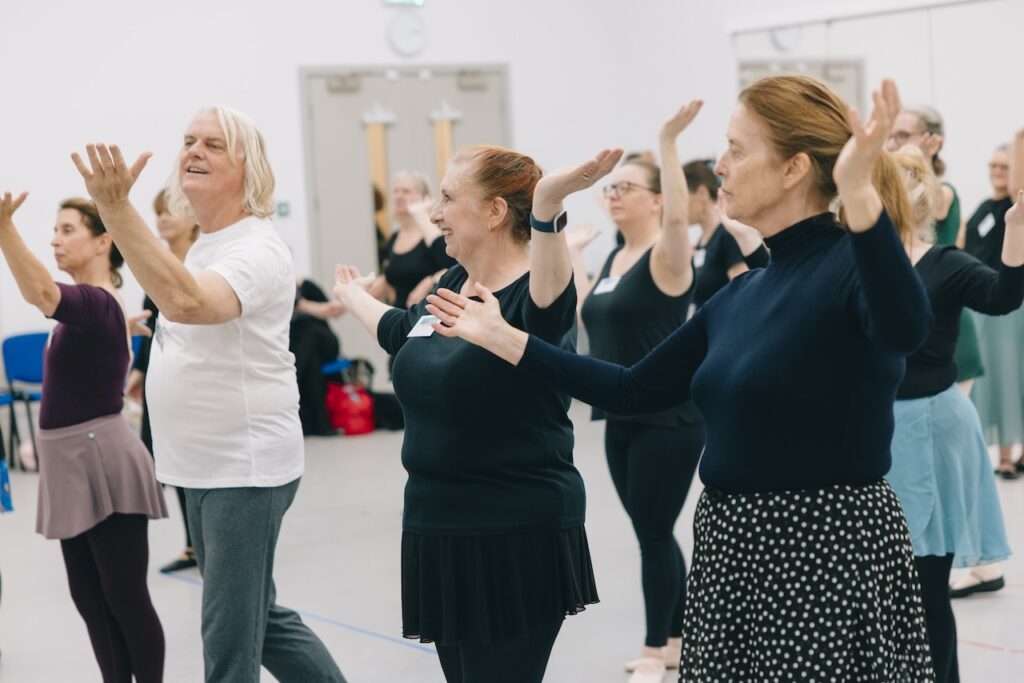
Sue Hewgill Peterson, an accredited Silver Swans teacher who runs classes in her small home town in eastern England, is very conscious of the entry point. Her classes grew almost entirely through word of mouth, including two men who interestingly both had previous dance experience: the first from stage school, the second from ballroom dancing. Peterson already offers a one-to-one introduction to all new students. With the men, she additionally set up a kind of low-key ‘buddy’ system, whereby the second man, who had no ballet experience, did a few sessions with the first before moving on to the group classes. ‘He’s got the confidence now,’ she says, with some satisfaction. ‘We need to think not just about the classes, but how to welcome people in.’ One pipe dream she has is an all-male Silver Swans group. ‘Outside our studio window is a bowling club. Lots of gentlemen there! Sometimes I think: we should invite them all in, and make a special day of it. But I haven’t managed it yet.’
A few days later I make contact with Diego Robirosa, 70, who happens to live in the same town as Peterson, and goes to dance classes locally, though not Silver Swans. He had long enjoyed watching ballet and contemporary dance, and took his first formal dance class eight years ago, with Dance East in nearby Ipswich. ‘My daughter started classes there, and I saw they had a course for older people so I decided to join,’ he recalls. ‘In fact, I waited another four years until my daughter had left, because she was too embarrassed to have me there – even though we’d be in on different days.’
Teenagers, I mutter sympathetically. ‘I did try some ballet at Dance East, but quickly found myself out of my depth,’ he adds. He found the contemporary and creative styles of his other dance group more accommodating. Was ballet too ‘old-school’? For Diego, yes – but he then spells out a wider issue for men, one that I’m aware our conversations keep skirting around: ‘Many men, especially of my age, think ballet or dance is a feminine thing to do. There’s a stigma attached to it, and many would not even consider doing dance on these grounds.’
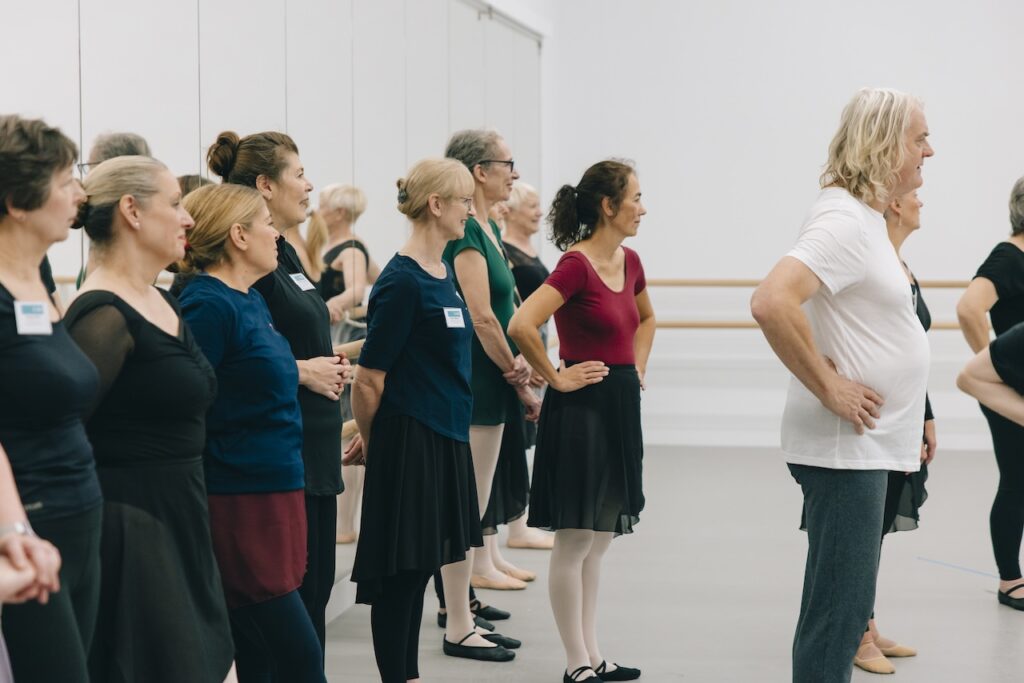
‘Women are the core of dance provision. They built these schools and stages, and should be acknowledged for it’
Bobba Bennett
Bobba Bennett, the last and at 86 the oldest of my interviewees, doesn’t skirt the subject. Born in Seattle, he started dance when he was five years old, his mother dreaming that he might make it in Hollywood. That didn’t happen, but he continued to dance throughout his life – now including a Silver Swans ballet class in Leicester, UK, where he now lives. ‘There were big issues around dance,’ he remembers. ‘I was bullied at school because of it, and once that led to a horrendous beating from my father.’ Getting out of the USA and indeed out of Europe (he lived in Nigeria for four years) opened his eyes to a wider world and different possibilities. He held onto that experience when he moved to the UK, getting involved in gay discos, researching how dance was taught in schools – and always dancing.
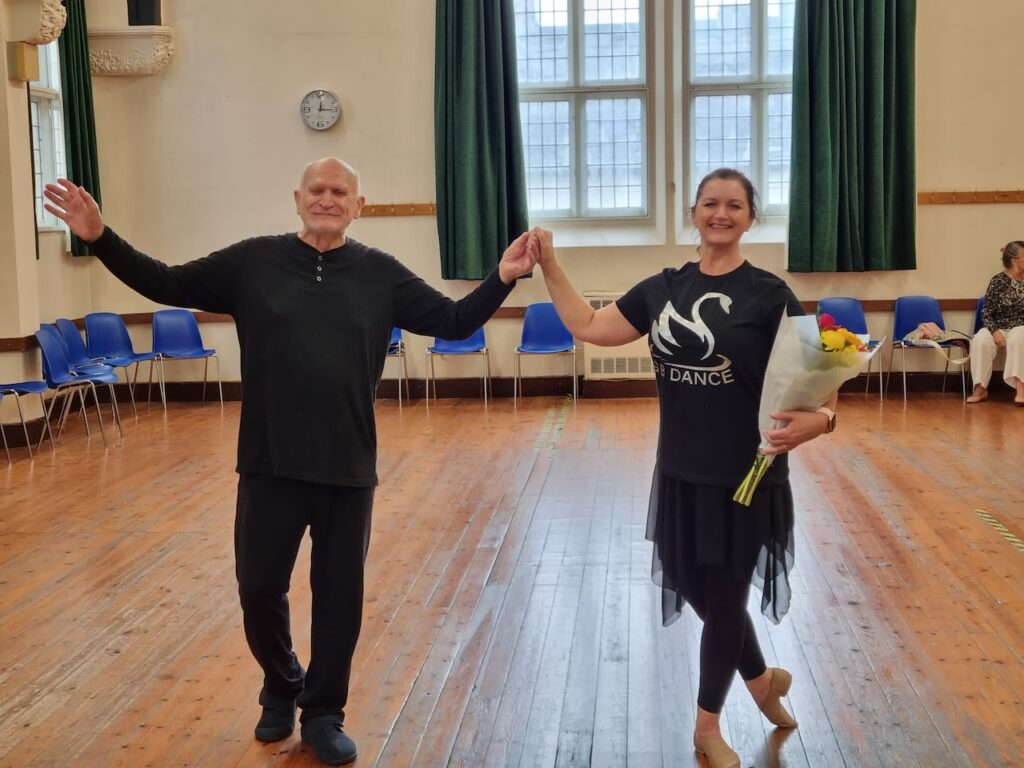
How does he feel about older men and dance, now that he is an older man, dancing? ‘Dance has enormous physical, mental and social benefits for them. But there’s a bigger picture too. Women are the core of dance provision: they have built these classes and schools and stages, and should be acknowledged for it. I think it would be very wrong to try to disguise dance as manly just to appeal to more men – and if that means gay and queer men find participation easier, so be it.’
Bobba is a wellspring of what I call dance energy. It’s vital and valuable, and it has opened my horizons. I had been seeking out silver foxes with one main question – how to get older men into dance? – and one main answer kept coming back: get younger men into dance. But Bobba has put the question into a bigger context. Yes, let’s welcome more men into the field, but let’s not forget that they didn’t make this field, and it’s vital and valuable to honour those who did.
Sanjoy Roy writes on dance for the Guardian and is editor of Springback Magazine.

